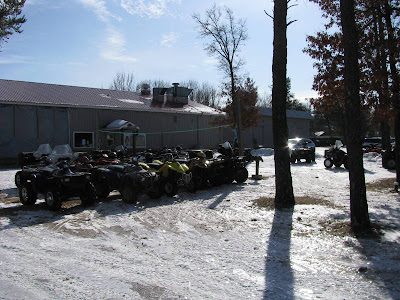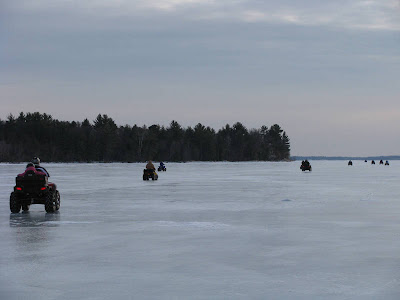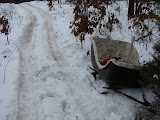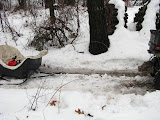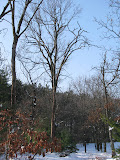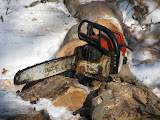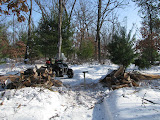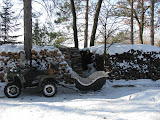The world's oldest light bulb has been burning for 109 years - so little wonder it has a fan club with thousands of members and its own website.
As EU rules deny householders the right to use traditional filament bulbs, the so-called 'Centennial Light' has been on almost constantly since 1901.
It holds pride of place in Fire Station 6, in Livermore, northern California.
The longest time the Guinness World Record-holding bulb has ever been turned off for is just a week.
Dangling above the fire engines, people come for hundreds and thousands of miles to see the diminutive symbol.
The bulb was designed by Adolphe Chailet, who competed with the likes of the world famous Thomas Edison to make the best bulb.
Despite his amazing design Chailet was never as successful as Edison even though his bulb was proved to survive higher voltages.
Bulb protector Steve Bunn said the secret of the lights success was down to good old fashioned engineering.
He said: 'They certainly don't make them like this anymore, it's a real sign of how some things were better made in the past.
'The man who invented the bulb was Adolphe Chailet and he sounded by all accounts to be a very serious person.
'But when it comes to spark, he did perform an experiment where several competitors, including Edison.
'All the bulbs were subjected to a test of increasing voltage, and exploded, all except for Chailet's which just got brighter.
'That would have been fun to watch.
'The appeal of the light is worldwide, a few weeks ago I received a message from someone living in the Arctic Circle.
'They said the little bulb was a beacon of light for the whole world, even in dark and lonely places which was a humbling thought to me.
'As well as the fact this little bulb was burning when my grandparents were children, it's amazing.
'My theory, that the bulb has lasted, is because Adolphe Chailet just made a better bulb, and filament.
'To the folks on the committee, the fire department and the city of Livermore California, the bulb is priceless, but we did have an offer for $5,000 once.
'On face value, it is high up in the rafters, and a little dim, but when visitors talk to the firemen who live with it, and hear the history from them, it comes alive as a symbol of good things gone by.
'I just invited a friend of my dad, Cal, to go see it last week and he just turned 100 last year.
'His response on seeing it he said: 'Oh I saw enough of those growing up, I can picture it in my mind'.' The lightbulb in Livermore is a Shelby model and was first designed by the Shelby Electric Company in the late 1890s.
Centennial Light facts and figures
Age: 109 years and counting (as of 2010)
Installed: First installed at the fire department hose cart house on L Street in 1901. Shortly after it moved to the main firehouse on Second. In 1903 it was moved to the new Station 1 on First and McLeod, and survived the renovation of the Firehouse in 1937, when it was off for about a week.
During it's first 75 years it was connected directly to the 110 Volt city power, (subject to the power outages) , and not to the back-up generator for fear of a power surge. In 1976 it was moved with a full police and fire truck escort, under the watch of Captain Kirby Slate, to its present site in 1976 at Fire Station 6, Livermore, California. It was then hooked to a seperate power source at 120V according to Frank Maul, Retired City Electrician, with no interuptions since.
Proof of Longevity: From local newspaper records; also GE engineers researched it. Was donated to the Fire Department in 1901 by Dennis Bernal who owned the Livermore Power and Light Co.
Vital Statistics: The improved incandescent lamp, invented by Adolphe A. Chaillet, was made by the Shelby Electric Company. It is a handblown bulb with carbon filament. Approximate wattage-4 watts. Left burning continuously in firehouse as a nightlight over the fire trucks. For some research test results on a sister bulb at Annapolis follow this link.
Recognition: Declared the oldest known working lightbulb by Guinness Book of World Records. Ripley's Believe-It-or-Not in 1972 researched it and declared it the oldest. Charles Kurault of the TV program 'On the Road with Charles Kurault' visited the bulb in the 1970s and included it in his book as well. Declarations from the President of the U.S., Congress, Senate, State Senate and Assembly, and Shelby Ohio.In 2007 it was again recognized in Guiness, and Ripleys books.
Closest Competitors: The Second longest bulb was listed in the 1970 Guinness Book under the heading Most Durable says that 'on 21 Sept 1908 a stagehand named Barry Burke at the Byers Opera House, Fort Worth, Texas screwed in a new light bulb and that it was still burning'. The building was renamed the Palace Theatre, and the light was known as the Palace Bulb ever since. It now resides in the Stockyards Museum, and will have been burning for 100 years Sept of 2008. A website is in the works.
The Third, a bulb in a New York City hardware store had been working since 1912, but it is unknown if it still works today.
The Fourth is known as 'the bulb' which like ours, burns in a firehouse in the town of Mangum, Oklahoma. It has been in operation since around 1926, has no special power conversions, and is on continuously.
The Fifth was a bulb in a washroom at the Martin & Newby Electrical Shop in Ipswich, England was dated from 1930 and burned out in January 2001.
For more info on these follow this link to Roadside America, or Wikipedia.
Future Plans: The City of Livermore and the Livermore-Pleasanton Fire Department intend to keep the bulb burning as long as it will. They have no plans at present what to do with the bulb if or when it does burn out. Ripley's has requested it for their museum.
Visiting: You can visit the bulb depending on the availability of the Firemen on hand. Go to the rear of the station and ring the bell. If they are in someone will answer the door. Otherwise you can see the bulb if you look through the window up on the top of the wall to your left.
Celebration: We commemorated its centennial on Friday, June 8, 2001 at the fire station. The celebration was from 5 to 8 p.m. with a community BBQ and program. Three bands provided a variety of music, ranging from 1900 era, 1950s music, and a contemporary rock music group. Please see the celebration gallery for all the pictures.
History of the light bulb
1809: An English chemist, Humphrey Davy, used a high power battery to induce current between two charcoal strips producing a bright light.
1879: Thomas A. Edison, along with others developed the first practical filament lightbulb design, it lasted just 13.5 hours. However in months Edison had developed one which lasted 1,200 hours.
1930: Photo flashlight bulbs were first used in photography.
1959: A design for halogen lightbulb is first patented by the US company General Electric.
1962: The LED, or light-emitting diode is first introduced as a practical component in computers and electronics.
2009: The UK Government announced it was phasing out the traditional filament lightbulb banning sales in favour of environmentally-friendly halogen models.
source....











